What to do with male cannabis plants?
Male weed plants get a bad rap, but there’d be no cannabis without them. While they don’t produce smokable buds, that doesn’t mean they’re useless. From fibre and juicing to hash and garden protection, there are plenty of surprising ways to put male cannabis plants to good use, even if you’re not breeding.
Most growers discard male weed plants without a second thought. You spot one in the grow tent and rush to pull it before it pollinates the females. It’s almost second nature in cannabis cultivation. But what if those male plants aren’t entirely useless? What if they offer something valuable; not just in breeding, but in other surprising ways, too?
From producing strong fibres to supporting your garden’s health, male cannabis plants have a place beyond the compost bin. This article shows what male weed plants can actually do, busts common myths about THC in male cannabis, and gives practical advice on using them, especially if you're interested in cannabis breeding. You’ll find answers to key questions like: can you smoke male cannabis plants, do they contain THC, and how to use male marijuana plants effectively.
How to identify a male cannabis plant
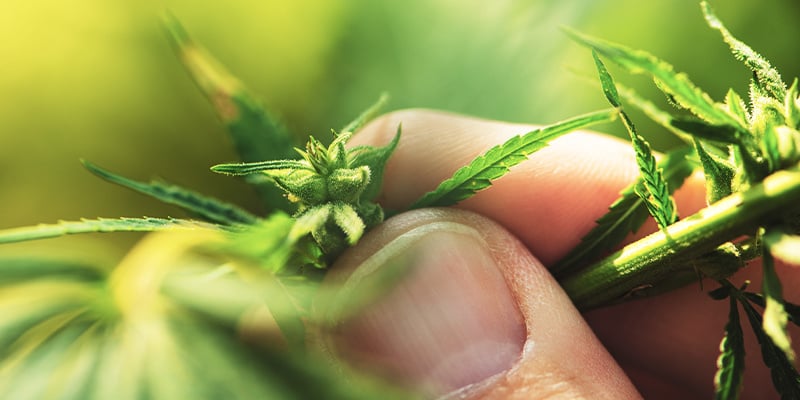
If you grow cannabis, recognising male plants early is vital, particularly if you don’t plan to breed. Male plants don’t produce buds but can pollinate females, ruining a whole crop if left unchecked. Spotting them before they release pollen is the best way to keep your grow under control.
Male plants typically show themselves earlier than females, often around week 3 or 4 of the vegetative stage. The main clue is in the pre-flowers. Male cannabis plants grow small, ball-like sacs at the nodes (where branches meet the main stem). These are pollen sacs. Females, on the other hand, form tear-shaped calyxes with wispy white pistils.
Another difference is their growth pattern. Males usually grow taller and more sparsely. Their energy goes into building strong stalks rather than dense flowering sites. They often appear leggier and more spaced out than bushy female plants.
Check your plants during early flowering, ideally using a magnifying glass. If you spot clusters of smooth, rounded sacs and no pistils, it’s a male. Remove it immediately if you’re not planning to collect pollen.
What are the differences between male and female weed plants?
- Male plants grow pollen sacs; female plants develop pistils
- Males appear earlier, usually in the third or fourth week
- Male cannabis tends to grow taller and has fewer leaves
- Females grow dense buds packed with trichomes
- Only female plants produce high-THC flowers
Can you smoke male cannabis plants?
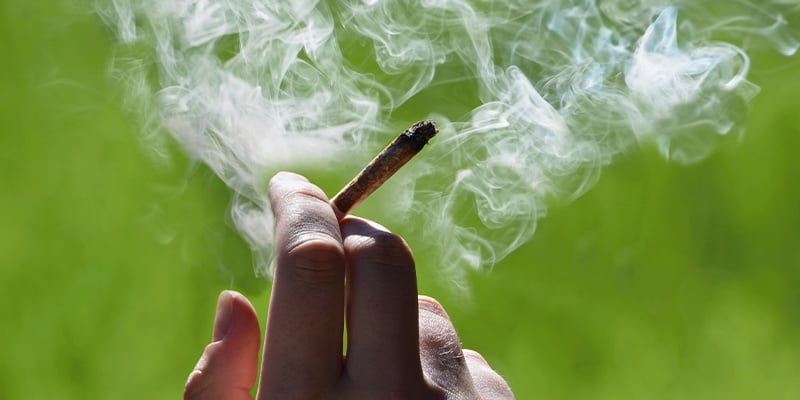
Technically, yes: you can smoke male cannabis plants. But is it worth it? Probably not, especially if you're looking for a strong high. The key difference lies in THC levels. Most of the cannabinoids, including THC, are concentrated in the female flowers. Male cannabis plants produce far fewer trichomes, and those they do have are mostly found on leaves and small bracts.
Studies and grower reports show male plants contain only trace amounts of THC; not enough to produce a strong psychoactive effect. Some users say it’s like smoking very weak cannabis or even low-quality hemp: dry, harsh, and not very enjoyable.
That said, if you’re in a pinch and want to experiment, there's no harm in trying. Just don’t expect much. Dry the leaves and bracts, grind them, and roll them like regular cannabis. It might offer a mild body buzz, but it’s more of a curiosity-driven experiment than a recreational experience.
So, while there is THC in male cannabis plants, it’s minimal. Most smokers won’t bother, but for novelty or testing purposes, it’s not off the table. Just lower your expectations.
Practical uses for male weed plants
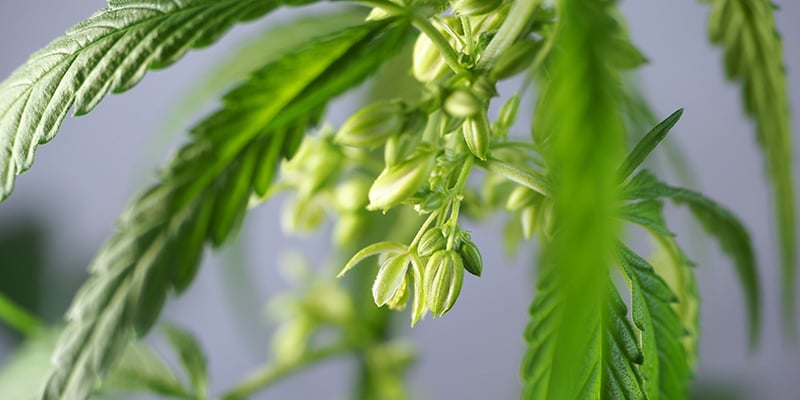
Most growers are surprised to learn there’s more to male plants than breeding. Once you know how to use male marijuana plants effectively, they can serve a real purpose beyond breeding.
Breeding new strains
This is the most well-known reason to keep male plants. If you're developing new cannabis strains, male plants are essential. They contribute half of the plant’s genetics, affecting everything from aroma and resistance to pests to plant height and flowering time.
To breed properly, you’ll need to collect and store pollen. Once a male plant is mature but before it releases pollen, place a plastic bag over a branch with sacs. Shake gently and let the pollen drop into the bag. You can dry and freeze this pollen for later use. Just label it clearly, and avoid contaminating your grow area.
Hemp fibre production
Male cannabis plants produce stalks with finer, more flexible fibres than females. These fibres are ideal for making textiles, ropes, and paper. Industrial hemp growers often separate male plants for this reason.
For those who wish to harvest fibre, you must let the male plants grow tall and strong. Cut the plants down once the stalks begin to yellow, then strip the leaves and allow the plant to dry before processing the stalks using standard retting and breaking techniques.
Cannabis juicing or tea
Male cannabis leaves are rich in raw cannabinoids like THCA and CBDA. While they don’t offer a high when juiced, they may offer nutritional benefits. Use the leaves to make a green juice or brew into a light herbal tea.
Juicing works best with fresh, raw leaves. Add a handful to your juice or smoothie for a subtle, earthy flavour. For tea, dry the leaves and steep them in hot (but not boiling) water for around 10 minutes.
Advanced applications for experienced growers
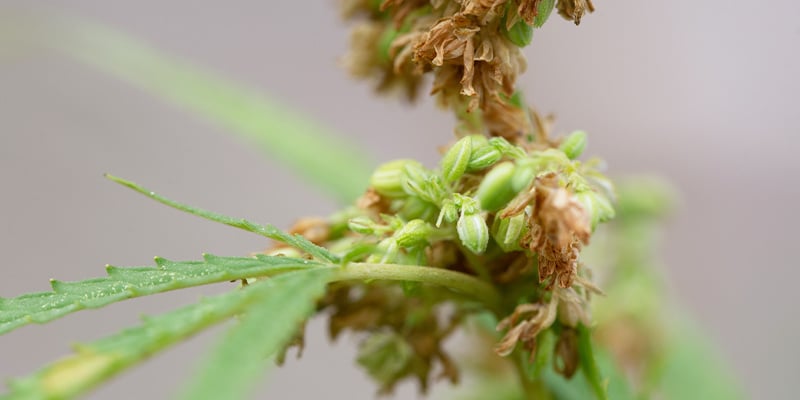
If you’ve been growing cannabis for a while and want to get more from your male plants, there are some advanced techniques worth exploring.
Hash and concentrate production
It’s true that male plants produce fewer trichomes, but they’re not completely barren. You can find resin glands on the small leaves and bracts around pollen sacs. It’s not ideal for making high-quality hash, but it’s usable.
If you’re processing a large number of male plants, collect the trichome-rich plant parts and use a simple dry sift or bubble hash method. Don’t expect strong potency, but it’s a good way to make use of an otherwise discarded plant. Male weed plant hash won’t rival that made from female buds, but it’s possible.
Garden protection and companion planting
Cannabis has natural insect-repellent qualities, and male plants can help protect your garden. Their scent can confuse some pests, making them less likely to target nearby crops.
Use male plants around the edge of a vegetable garden as companion plants. Some growers also use males to help test soil quality or spot early signs of disease before affecting their main crop. Just be sure the males don’t release pollen if you're growing females nearby.
What NOT to do with male plants
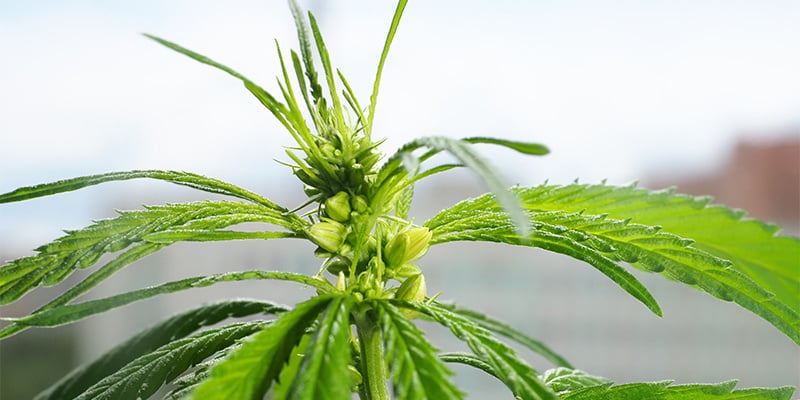
While male cannabis has its uses, it’s still a potential threat in a flowering grow room. Letting a male mature near females (unless for breeding) can quickly ruin your crop. Once pollinated, female plants divert energy away from resin and flower production, leading to seed-filled buds with lower THC levels.
So don’t keep a male plant in your tent just out of curiosity. Either isolate it or remove it completely unless you’re collecting pollen. Also, don’t assume male plants are totally useless. Even if you’re not a breeder, they can still be used for compost, fibre, or as a garden aid. Tossing them without thought is a missed opportunity.
Benefits of male marijuana plants: FAQ
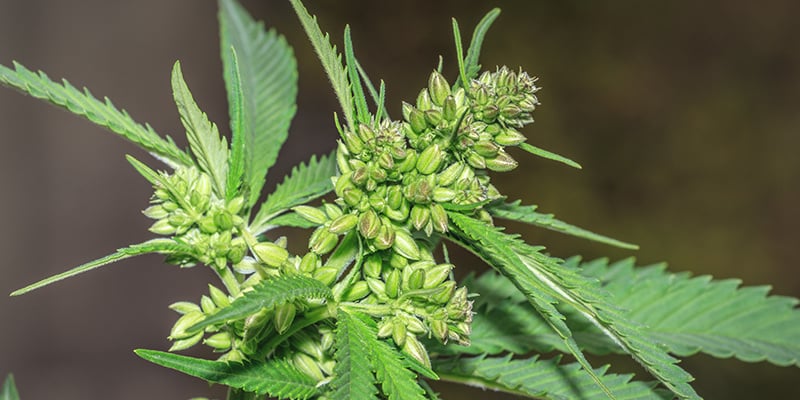
Here are answers to some of the most frequently asked questions about male weed plants.
- Do male cannabis plants produce buds?
- No. Male cannabis plants produce pollen sacs, not the resinous buds you see on female plants. These sacs release pollen to fertilise females, not to produce flowers.
- Can male weed plants get you high?
- Not really. While there is THC in male cannabis plants, it's very low. You might feel a mild buzz if you smoke a large amount, but it’s not worth it for most people.
- How to store male cannabis pollen?
- Collect pollen by shaking mature pollen sacs into a clean, dry container. Dry it fully, then store in an airtight container in the freezer. Label it with the strain and collection date. Always wear gloves and avoid contaminating other plants.
- What are the best uses for male cannabis?
- • Breeding new strains
• Producing hemp fibre
• Juicing or tea
• Making mild hash or concentrate
• Companion planting in outdoor gardens
Male weed plants still have plenty of uses
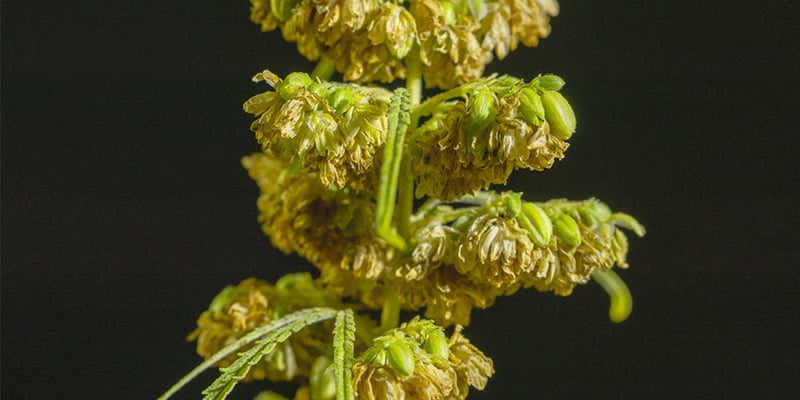
It’s easy to write off male cannabis plants as a nuisance. But that’s a mistake. Whether it’s for breeding, fibre, juicing, or even mild concentrates, there are real uses for male weed plants. They may not get you high or produce buds, but they still carry value for thoughtful growers.
Next time you spot a male in your grow, don’t rush to bin it. Consider what it offers. With a bit of planning, male cannabis plants can add something useful to your setup, even if it’s just raw material for the compost pile.
-
 5 min
12 November 2021
Spotting Male And Hermaphrodite Cannabis Plants Early
There's a lot to know when growing cannabis, and identifying the sex of your plants early, and accurately, is one of the best ways to ensure a satisfying crop. Here we'll look at males, true...
5 min
12 November 2021
Spotting Male And Hermaphrodite Cannabis Plants Early
There's a lot to know when growing cannabis, and identifying the sex of your plants early, and accurately, is one of the best ways to ensure a satisfying crop. Here we'll look at males, true...
-
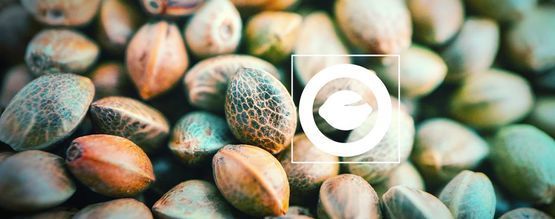 5 min
13 November 2020
What Are Regular Cannabis Seeds?
What are regular cannabis seeds? What’s the difference between them and feminized seeds, and what are their pros and cons? Learn about regular cannabis seeds, how to properly use and grow them, and...
5 min
13 November 2020
What Are Regular Cannabis Seeds?
What are regular cannabis seeds? What’s the difference between them and feminized seeds, and what are their pros and cons? Learn about regular cannabis seeds, how to properly use and grow them, and...
-
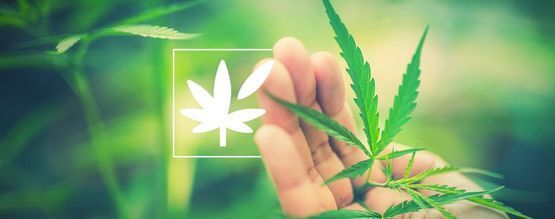 4 min
21 September 2019
All About Cannabis Plant Anatomy
Knowledge is power, and having a healthy relationship with this plant requires familiarity with its anatomy. Non-growers who smoke cannabis may find their experience enhanced by this knowledge as...
4 min
21 September 2019
All About Cannabis Plant Anatomy
Knowledge is power, and having a healthy relationship with this plant requires familiarity with its anatomy. Non-growers who smoke cannabis may find their experience enhanced by this knowledge as...
-
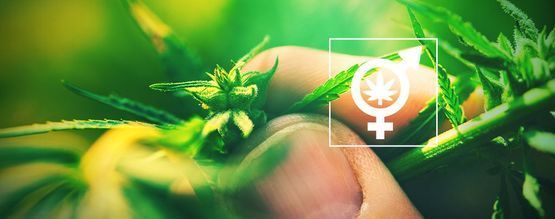 3 min
13 June 2019
Why It's Important To Determine The Gender Of Your...
To successfully grow your own hefty stash of precious bud, it’s important to know your cannabis plants well and be able to identify their sex. Keep on reading to find out all about sexes of...
3 min
13 June 2019
Why It's Important To Determine The Gender Of Your...
To successfully grow your own hefty stash of precious bud, it’s important to know your cannabis plants well and be able to identify their sex. Keep on reading to find out all about sexes of...





 United States
United States












